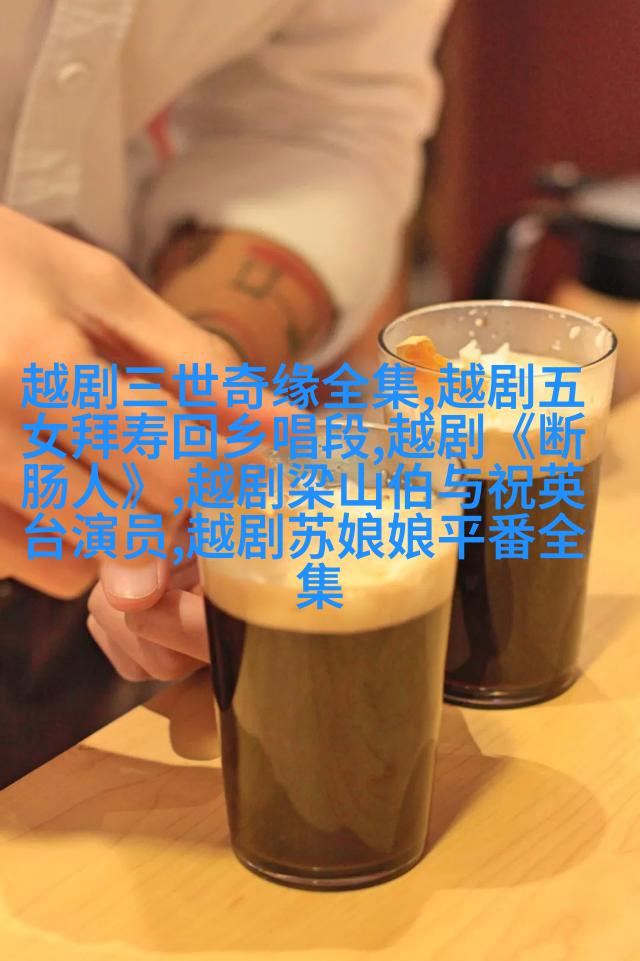黄梅戏中的“打猪草”:传统民间艺术与现代文化融合的探索

打猪草黄梅戏歌词背后的历史文化价值
在中国古代戏曲中,打猪草是一种常见的情节,它不仅体现了农耕生活方式,更是对农民阶层劳动智慧和坚韧精神的一种赞美。这种情节在黄梅戏中得到了完美的演绎,通过打猪草这个简单的日常活动,展示了主人公们在困难时期中的斗志和希望。

打猪草黄梅戏歌词中的音乐元素分析
黄梅戏作为一种地方剧种,其音乐元素丰富多彩。在《打猪草》这一剧目中,不仅有着悠扬的调子,还有着生动的情感表达。这些音乐元素不仅服务于剧情发展,也为观众带来了一场浓厚的艺术盛宴。

打猪grassong词创作技巧研究
《打猪草》的歌词通常以平仄、押韵等手法编织,每一句都充满诗意,让人回味无穷。这些技巧不仅提升了歌曲的听觉效果,也让《打猪grassong》成为经典之作,被后人称颂。

打pig grassin modern society: Cultural Exchange and Development
随着社会进步,《打pig grass_ has been introduced into various cultural forms, such as dance, film, and even contemporary art exhibitions. This fusion of traditional culture with modern elements not only preserves the essence of the past but also inspires new creativity.

The role of "Pig Grass" in promoting social harmony and unity.
In many yellow-tinged stories featuring "Pig Grass", it is often used to convey messages about hard work, perseverance and mutual support among rural communities during difficult times - these themes are highly relevant to today's society where there is a growing emphasis on community values.
Conclusion: The significance of preserving and promoting "Pig Grass" in Yellow Plum Garden Theatre.
As a valuable part of China's intangible cultural heritage, "Pig Grass" plays an important role in preserving the history and tradition of Yellow Plum Garden Theatre while also contributing to its continued development by attracting new audiences through innovative performances that blend traditional with modern elements


